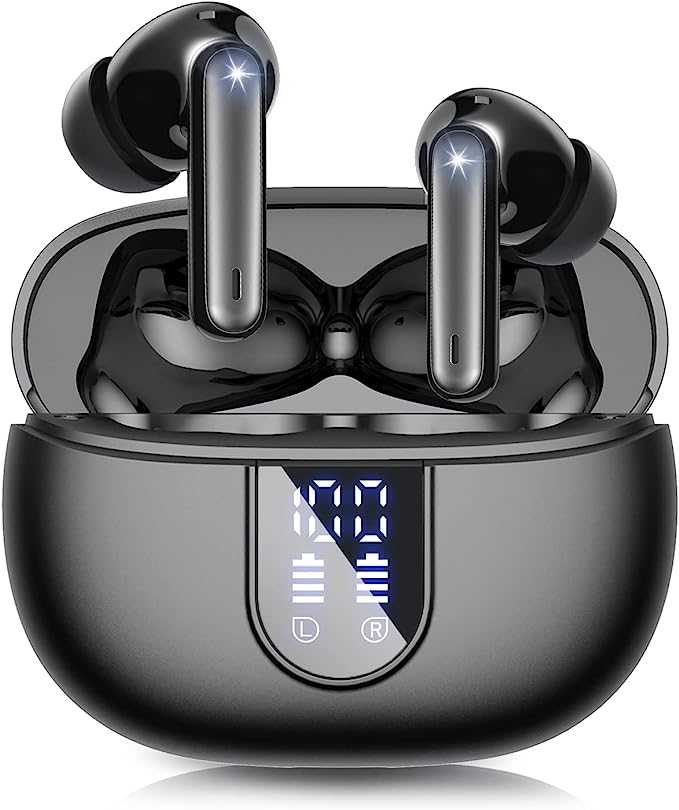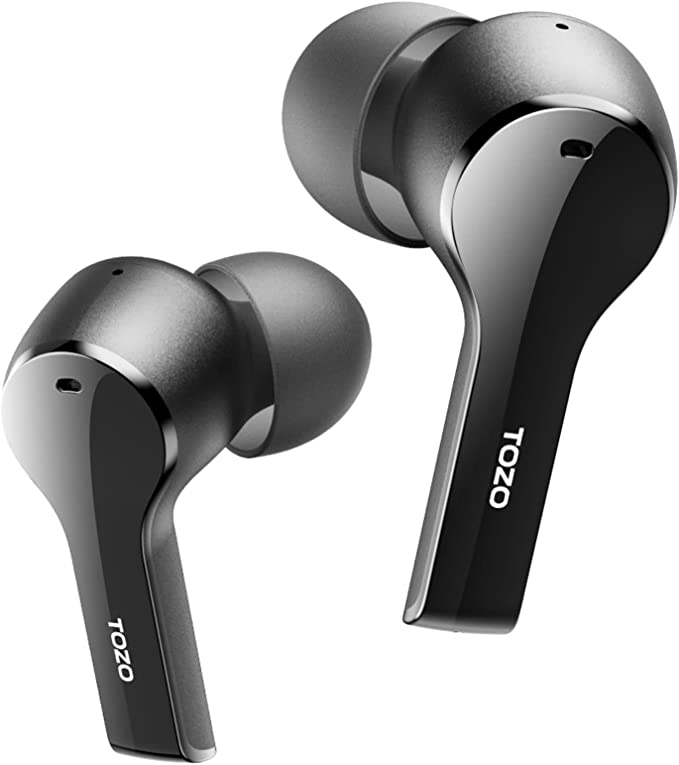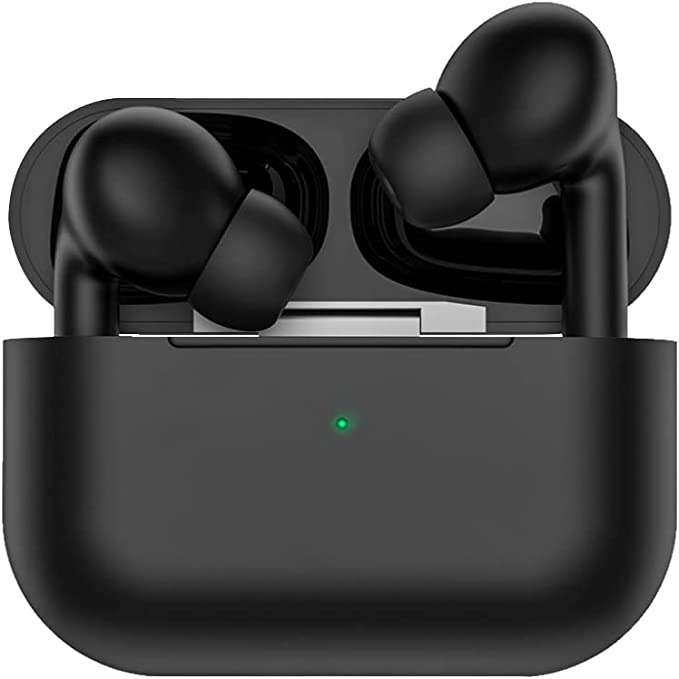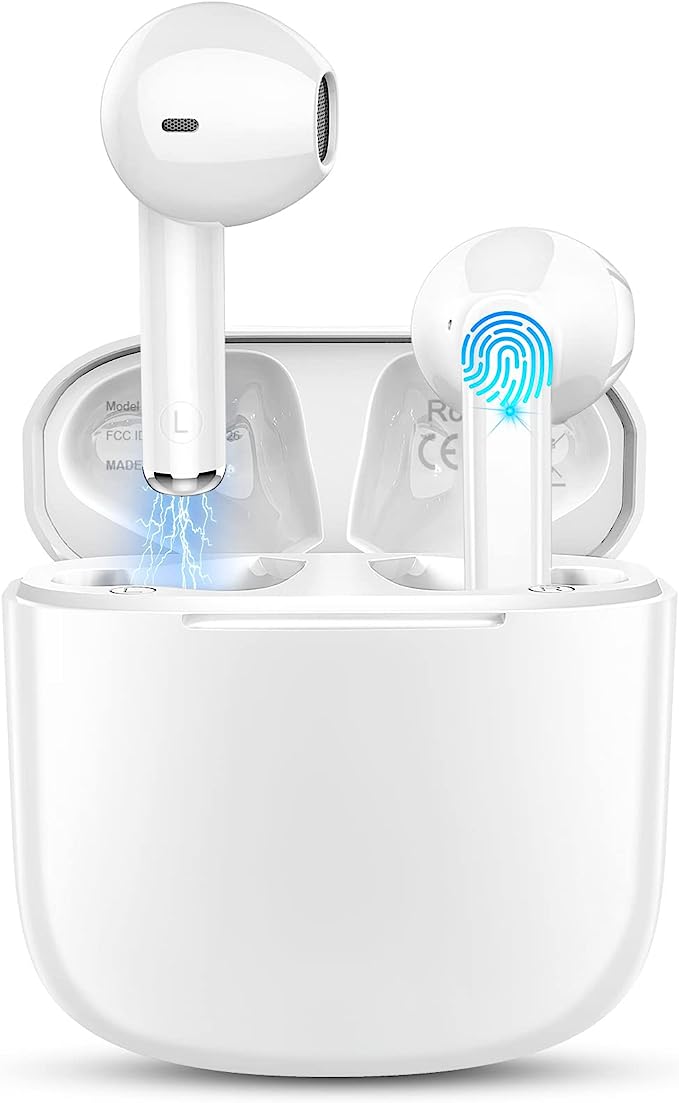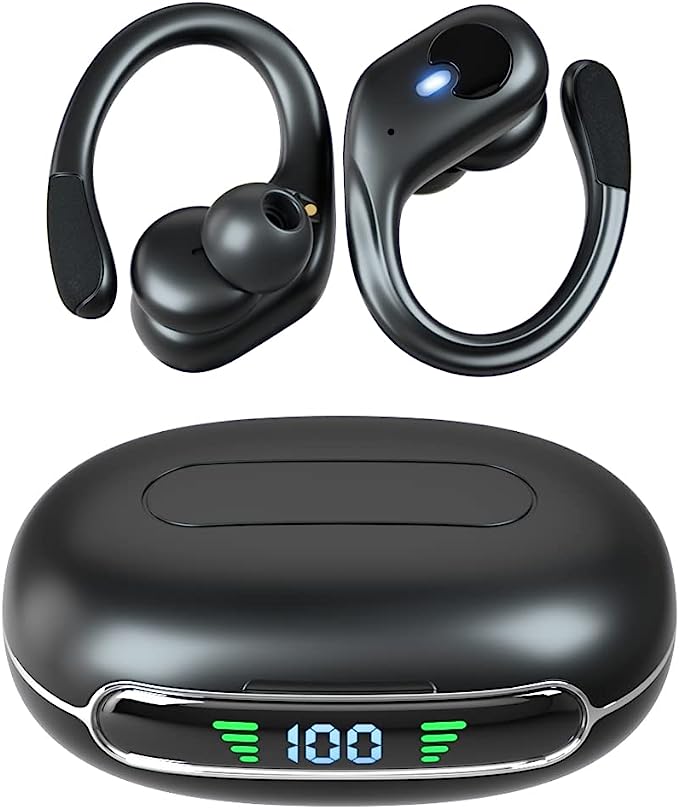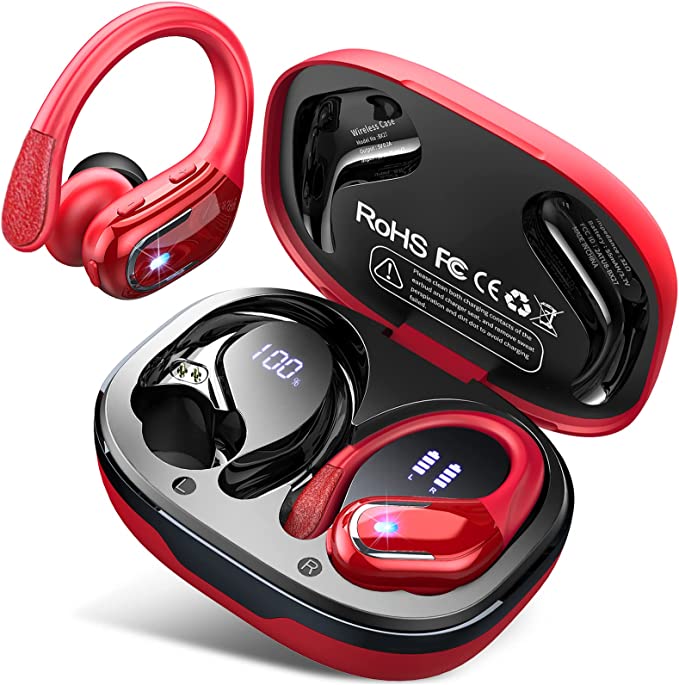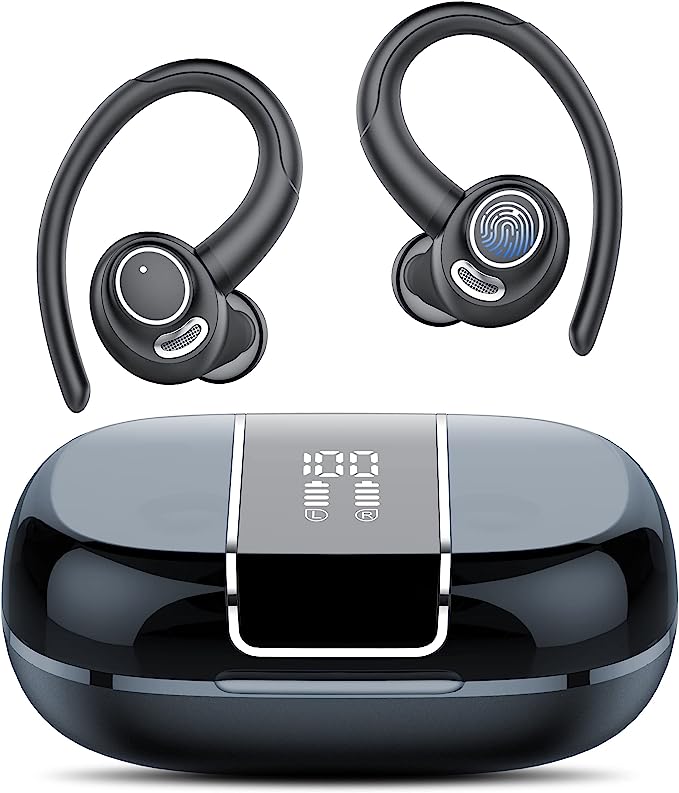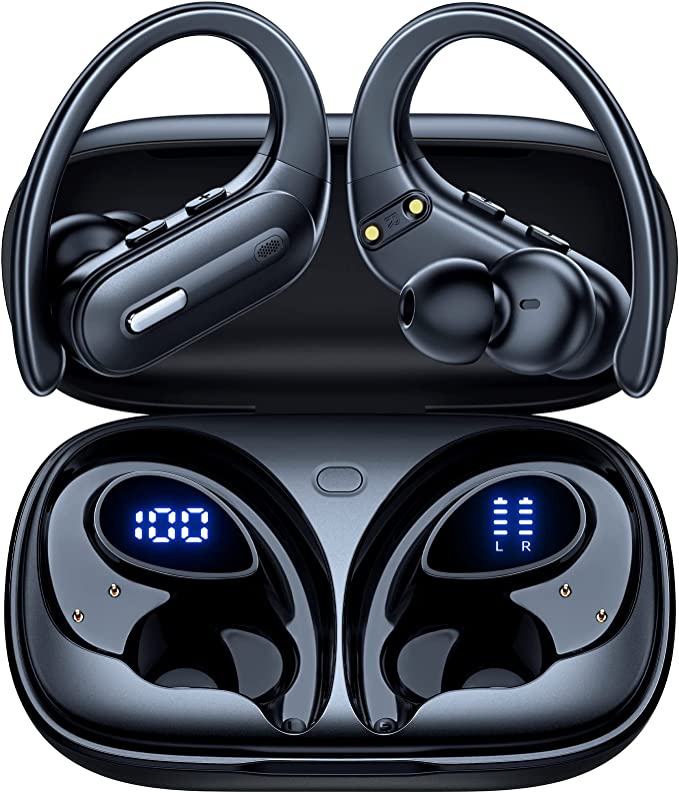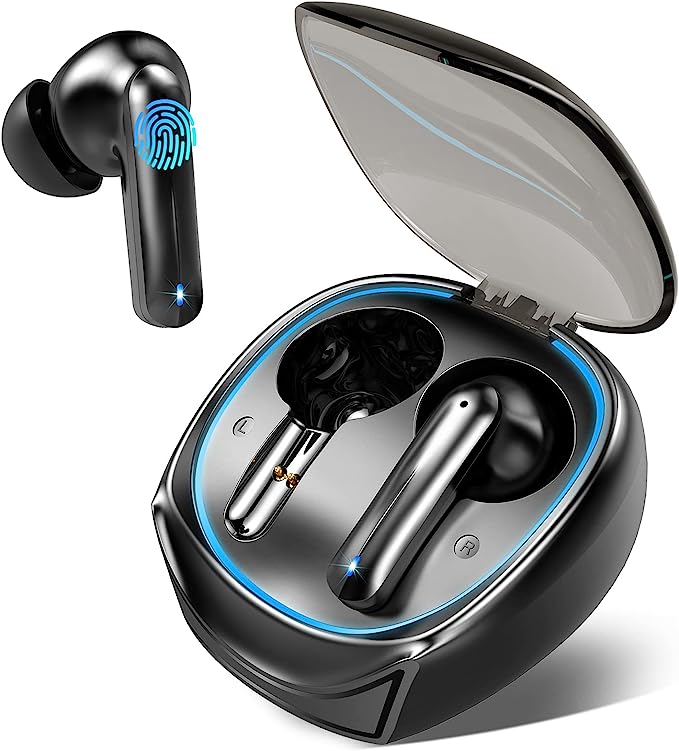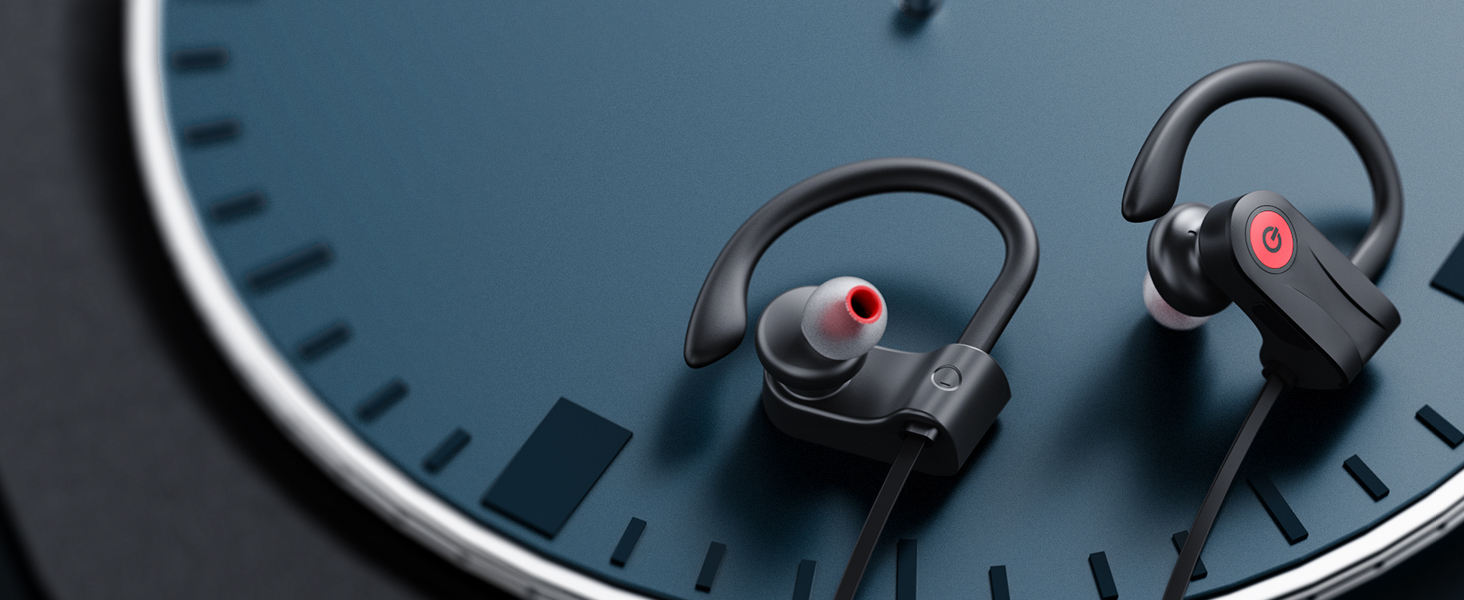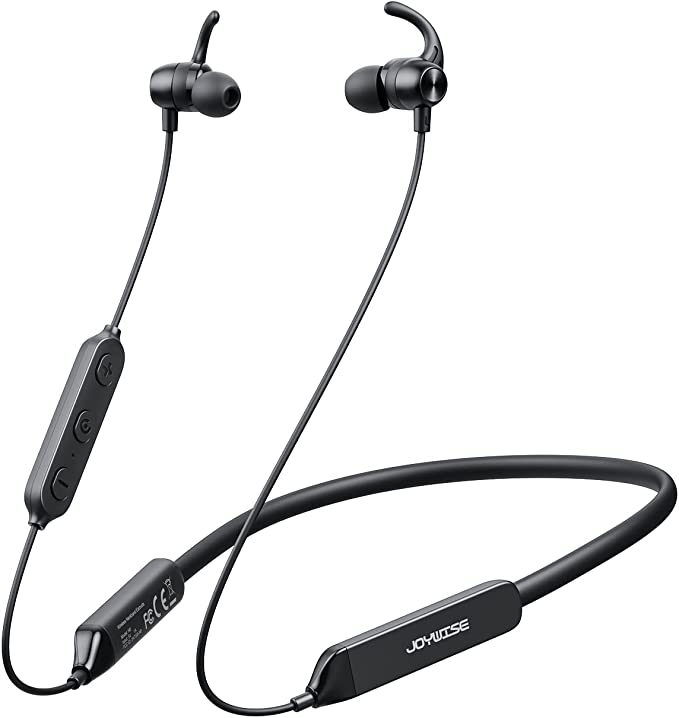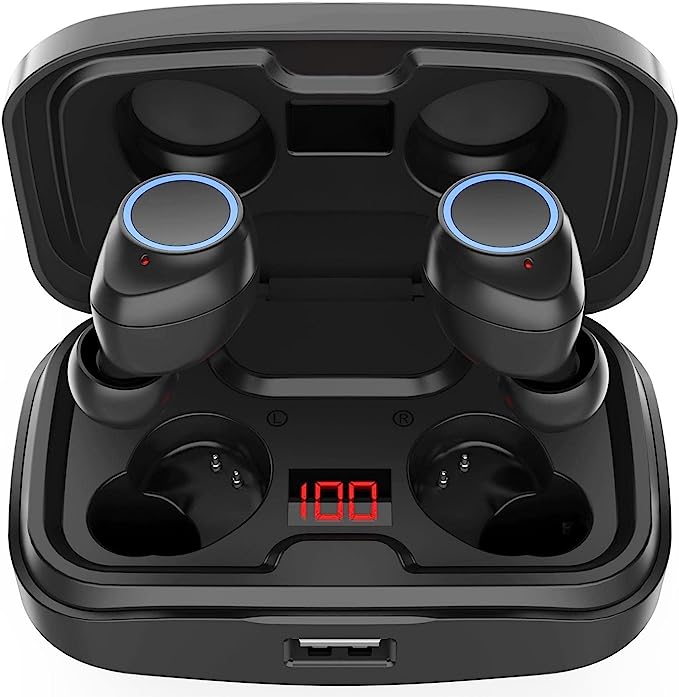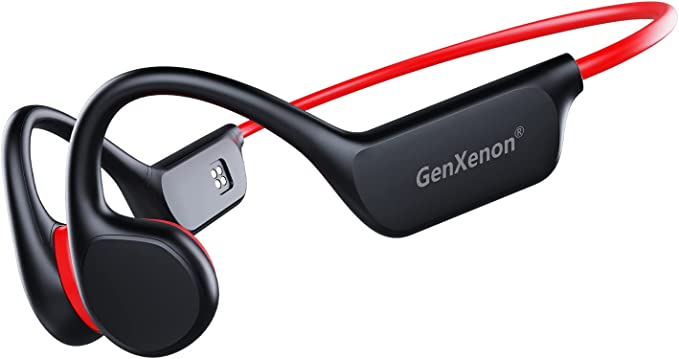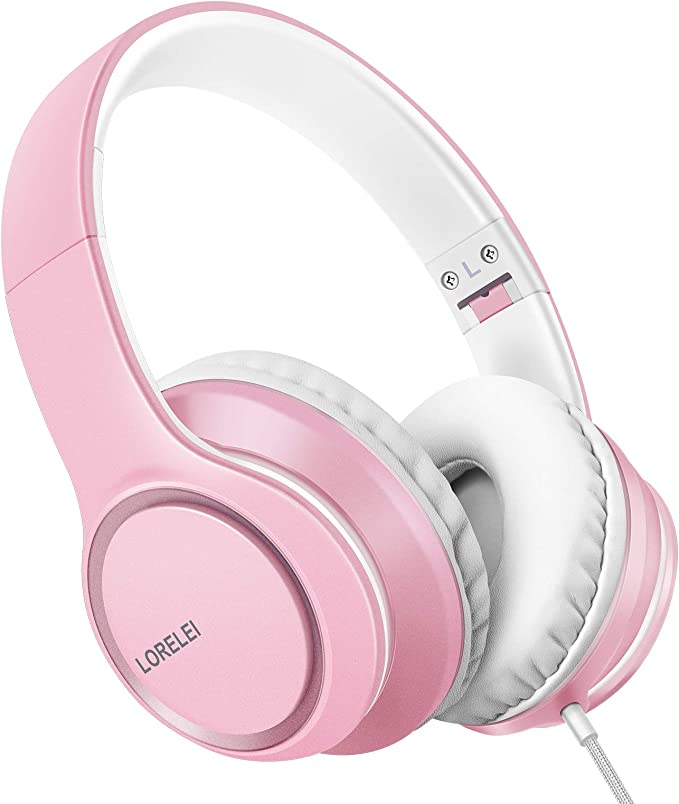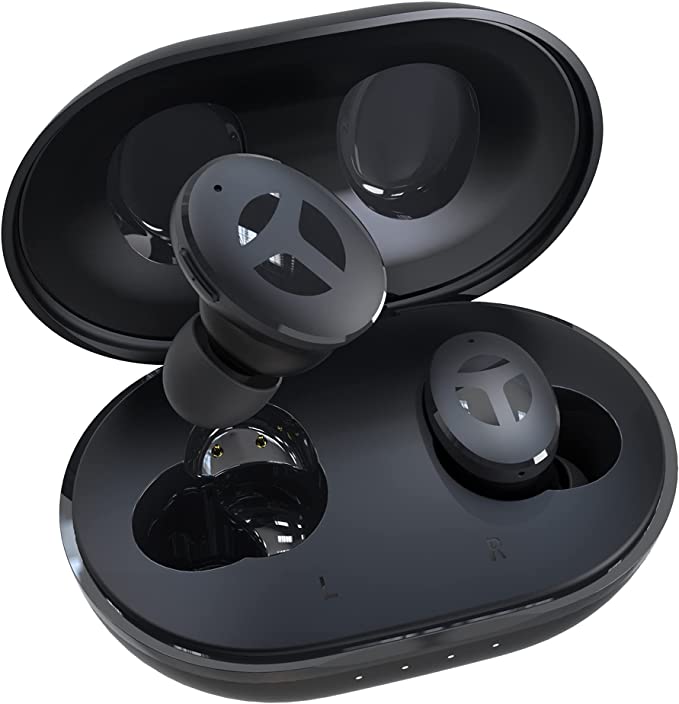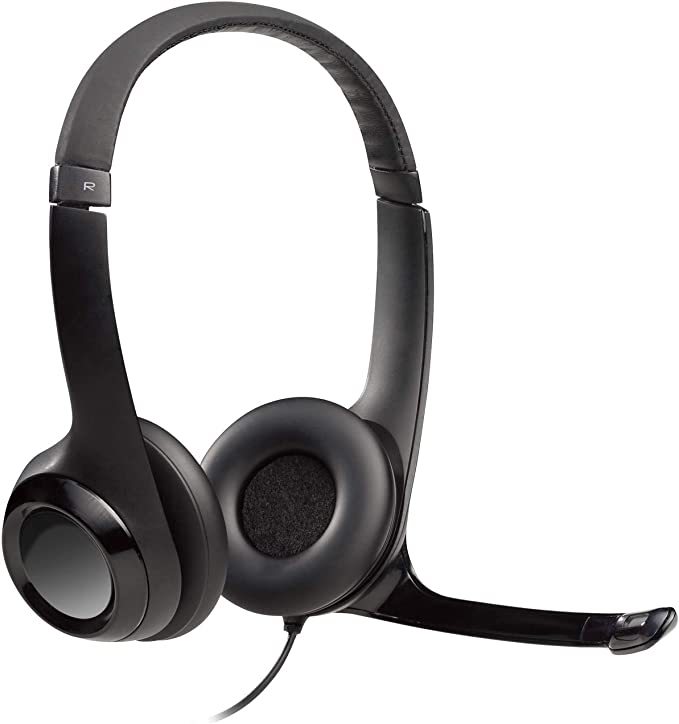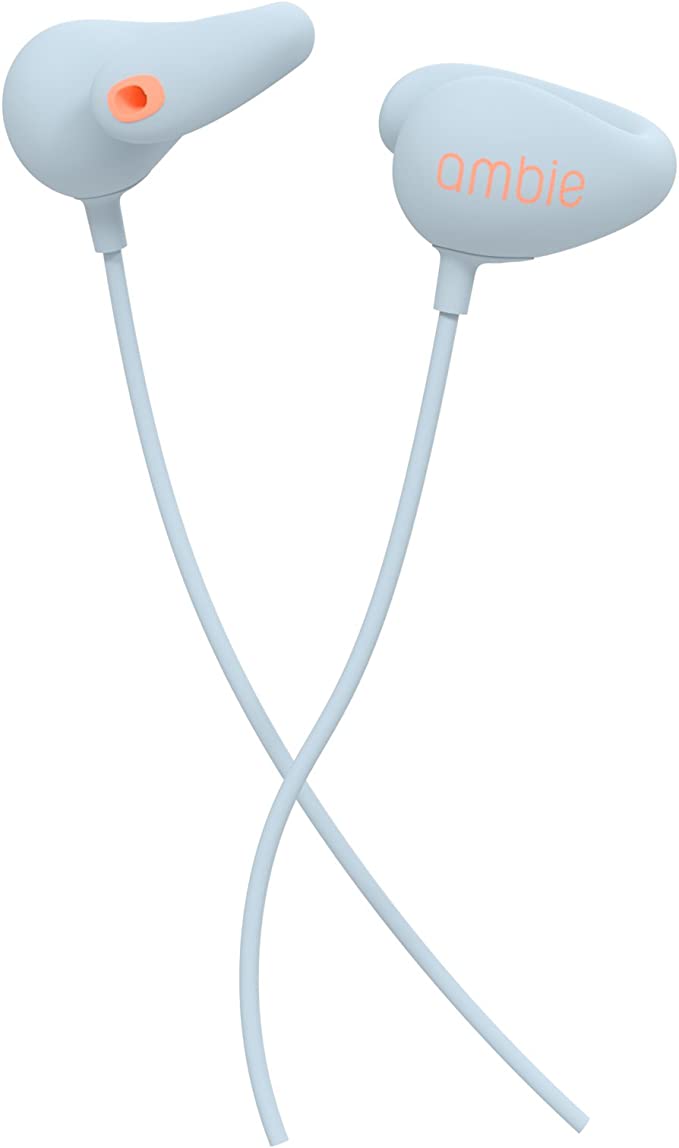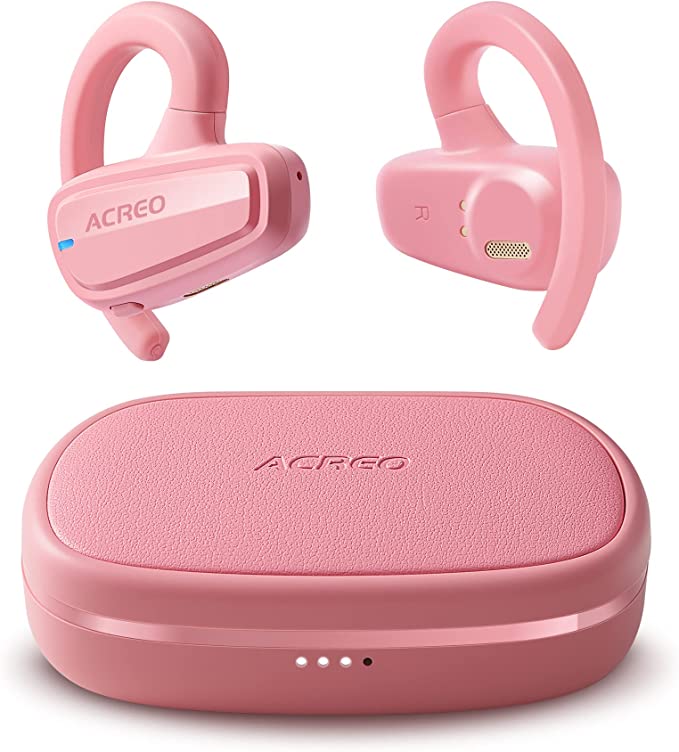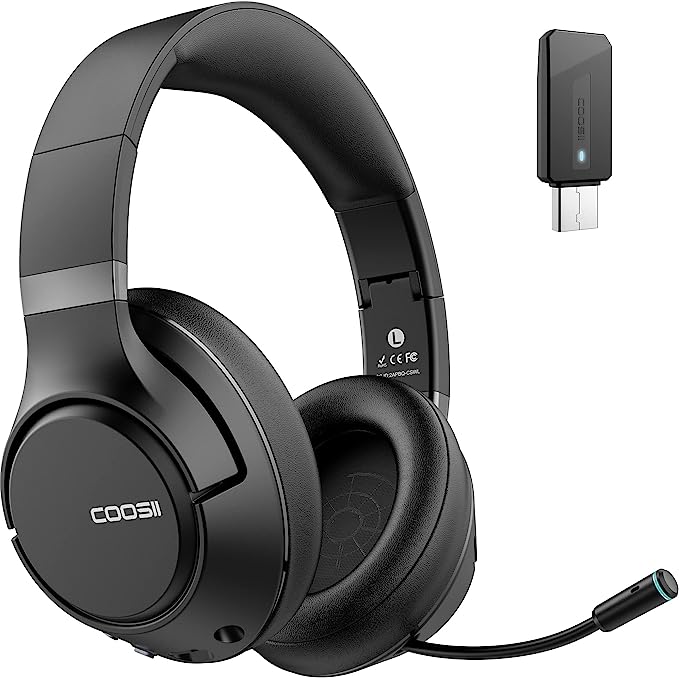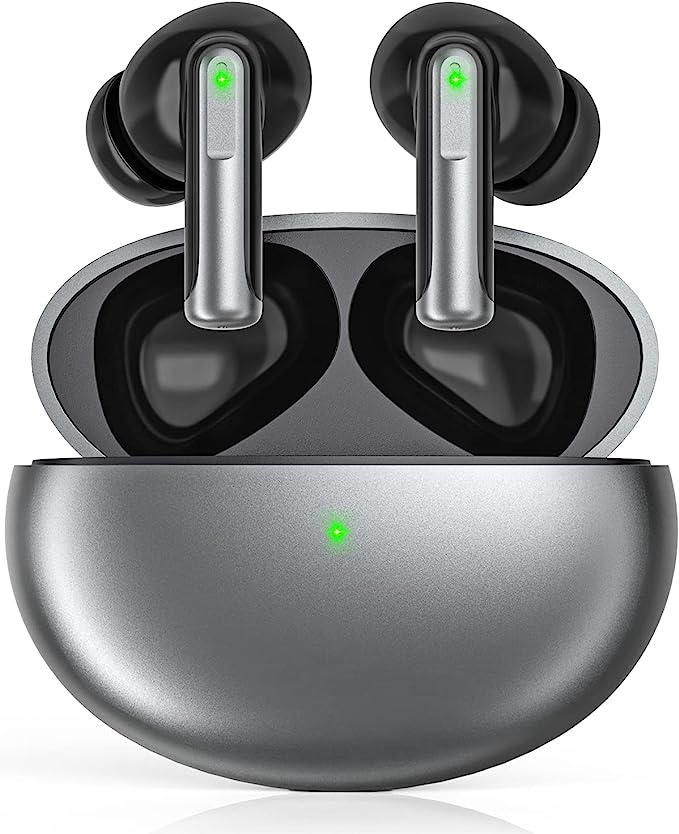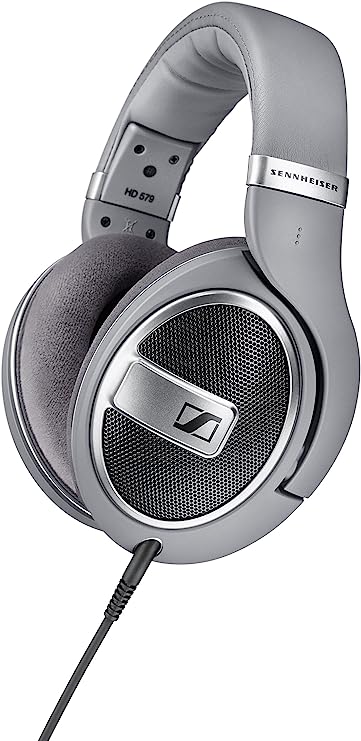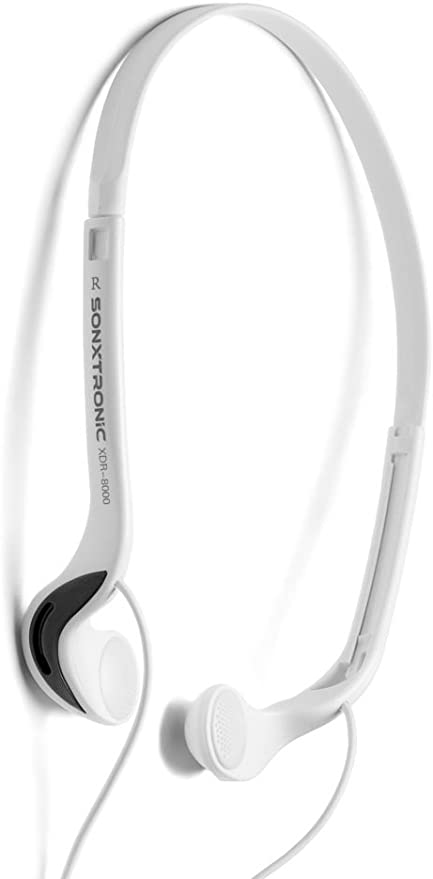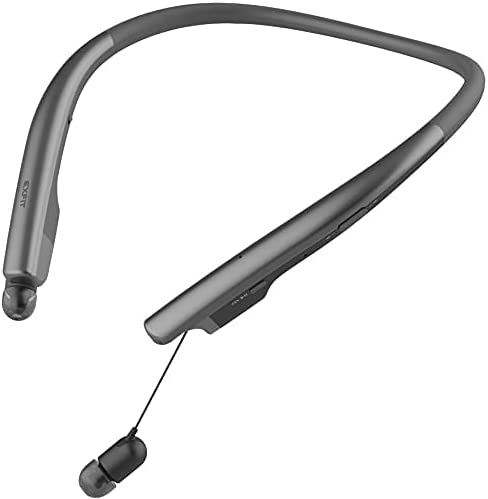The Anatomy of Endurance: Deconstructing Large-Driver Acoustics and Battery Efficiency in Modern Audio
Update on Nov. 22, 2025, 7:44 p.m.
The portable audio market has undergone a silent bifurcation. On one side, tech giants push computationally heavy features like Active Noise Cancellation (ANC), which, while impressive, act as a parasitic drain on power reserves. On the other side, a new wave of pragmatically engineered devices focuses on fundamental metrics: energy density, driver physics, and connection stability.
It is in this second category that we see specs that would have been impossible five years ago. Devices like the FOYCOY N18 are claiming playback times exceeding 60 hours and utilizing drivers nearly double the size of industry standards. To understand how this is possible at an entry-level price point, we must look past the marketing and into the engineering of modern acoustic architecture.

The Energy Equation: How 60 Hours Became Possible
The most common user complaint regarding wireless audio is “battery anxiety.” Historically, True Wireless Stereo (TWS) earbuds struggled to break the 4-hour barrier per charge. The shift to significantly longer autonomy—exemplified by the N18’s 9-hour continuous playback and 60-hour total cycle—is driven by two technological advancements.
1. Bluetooth 5.3 and LE Audio
The adoption of the Bluetooth 5.3 standard is not merely a version number update; it represents a fundamental shift in power management. Unlike older protocols that maintained a constant, power-hungry “handshake” with the source device, Bluetooth 5.3 optimizes the duty cycle—the ratio of time the radio is active versus in sleep mode. This allows for rock-solid connection stability while sipping micro-watts of power.
2. Optimized Energy Density
The charging case has evolved from a simple storage box into a high-density power bank. By forgoing space-consuming components like ANC microphones inside the earbud itself, engineers can maximize internal volume for the battery cells. The dual digital display found on the N18’s case is a visual representation of this sophisticated Battery Management System (BMS), giving users precise telemetry on their power reserves rather than a vague blinking LED.

Acoustic Physics: The Case for 14.2mm Drivers
In the world of earbud acoustics, size matters. The industry standard for dynamic drivers typically hovers between 6mm and 10mm. However, the FOYCOY N18 utilizes a massive 14.2mm driver.
The Surface Area Advantage
Physics dictates that bass response is largely a function of air displacement. A larger driver surface area can move more air with less excursion (movement back and forth). This means a 14.2mm driver can produce deep, resonant bass frequencies naturally, without requiring the digital signal processing (DSP) boosts that often distort sound in smaller drivers.
Dual-Layer Composite Diaphragms
Size alone isn’t enough; rigidity is key. A large driver made of flimsy material will warp, causing “muddy” sound. The N18 addresses this with a dual-layer composite diaphragm. This sandwich construction offers a stiff center for punchy bass and a flexible edge for crisp treble extension. The result is a sound signature that relies on physical properties rather than software equalization to achieve Hi-Fi stereo separation.

User Interface: The Tactile Renaissance
For years, the trend was toward capacitive touch controls. While sleek, touch sensors suffer from “phantom touches”—accidental pauses when adjusting the fit or brushing against hair.
We are currently witnessing a renaissance of physical buttons in ergonomic design. The N18 implements a dedicated physical interface for a practical reason: certainty. A mechanical click provides immediate tactile feedback, ensuring the command (volume control, track skipping, or call answering) has been registered. This design choice also enables reliable functionality in wet conditions where touch screens often fail—a crucial feature for active users.
Furthermore, the inclusion of a “One-Key Reset” button on the case simplifies the often-complex process of factory resetting Bluetooth pairings, acknowledging that connection troubleshooting should be hardware-based, not software-buried.
Durability Engineering: Decoding IPX7
The “ruggedization” of consumer electronics is defined by the Ingress Protection (IP) code. The IPX7 rating carried by the N18 is a specific engineering benchmark.
- IPX4: Splash resistant (sweat).
- IPX7: Immersion up to 1 meter for 30 minutes.
Achieving IPX7 requires rigorous internal sealing using nanocoatings and rubber gaskets around the charging contacts and driver mesh. This ensures that the device is not just “gym safe” but effectively sealed against accidental submersion, heavy rain, or thorough cleaning under a tap.

Conclusion: The Democratization of Audio Specs
The narrative of the FOYCOY N18 is not just about a single product; it is about the democratization of high-end specifications. Features that were once the exclusive domain of premium flagship models—wireless charging (Qi), Bluetooth 5.3 stability, and large-format drivers—have permeated the broader market.
For the consumer, this means the barrier to entry for high-fidelity, long-endurance audio has effectively vanished. By understanding the underlying technologies—from energy density to driver physics—users can make informed choices based on performance metrics rather than brand prestige.
